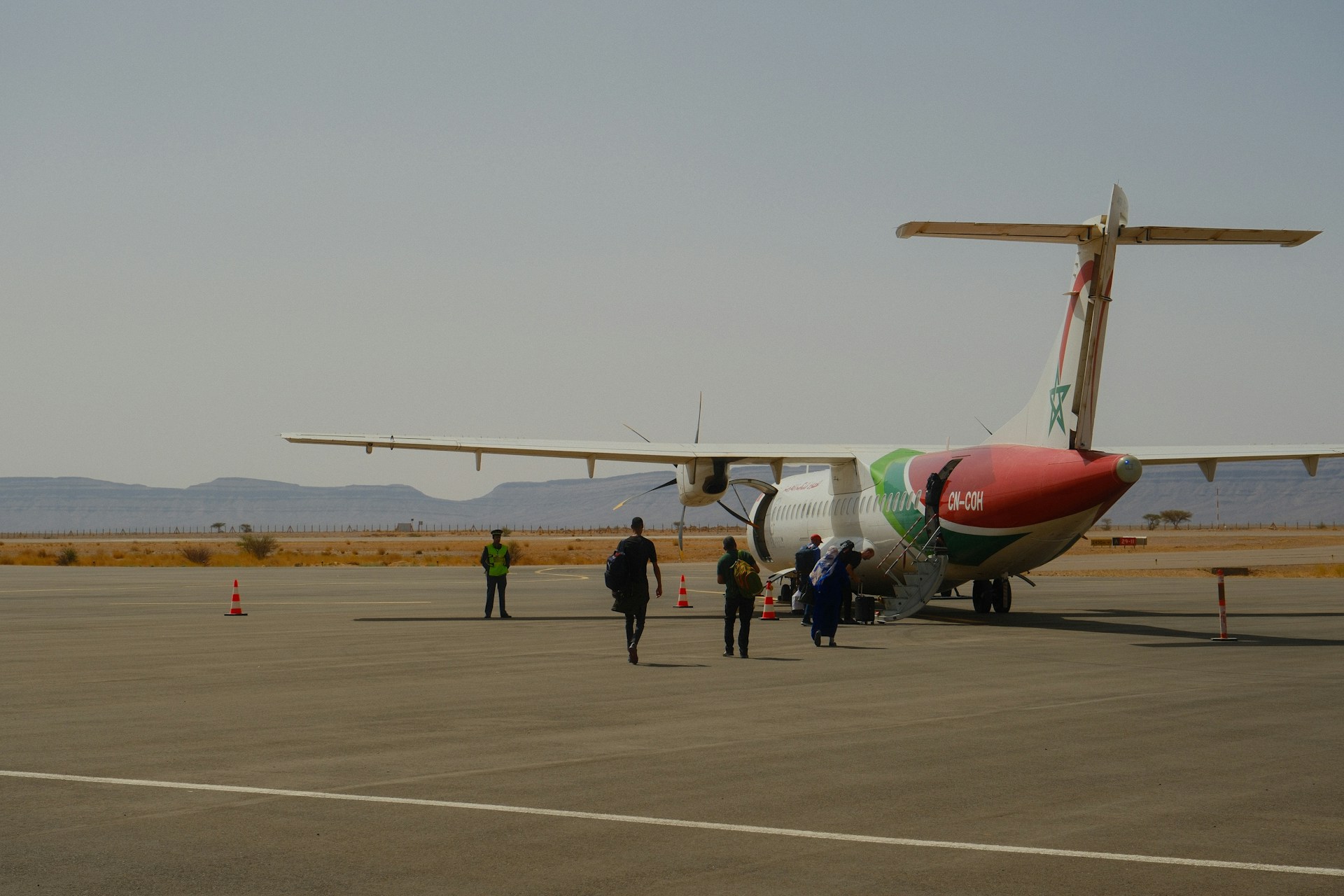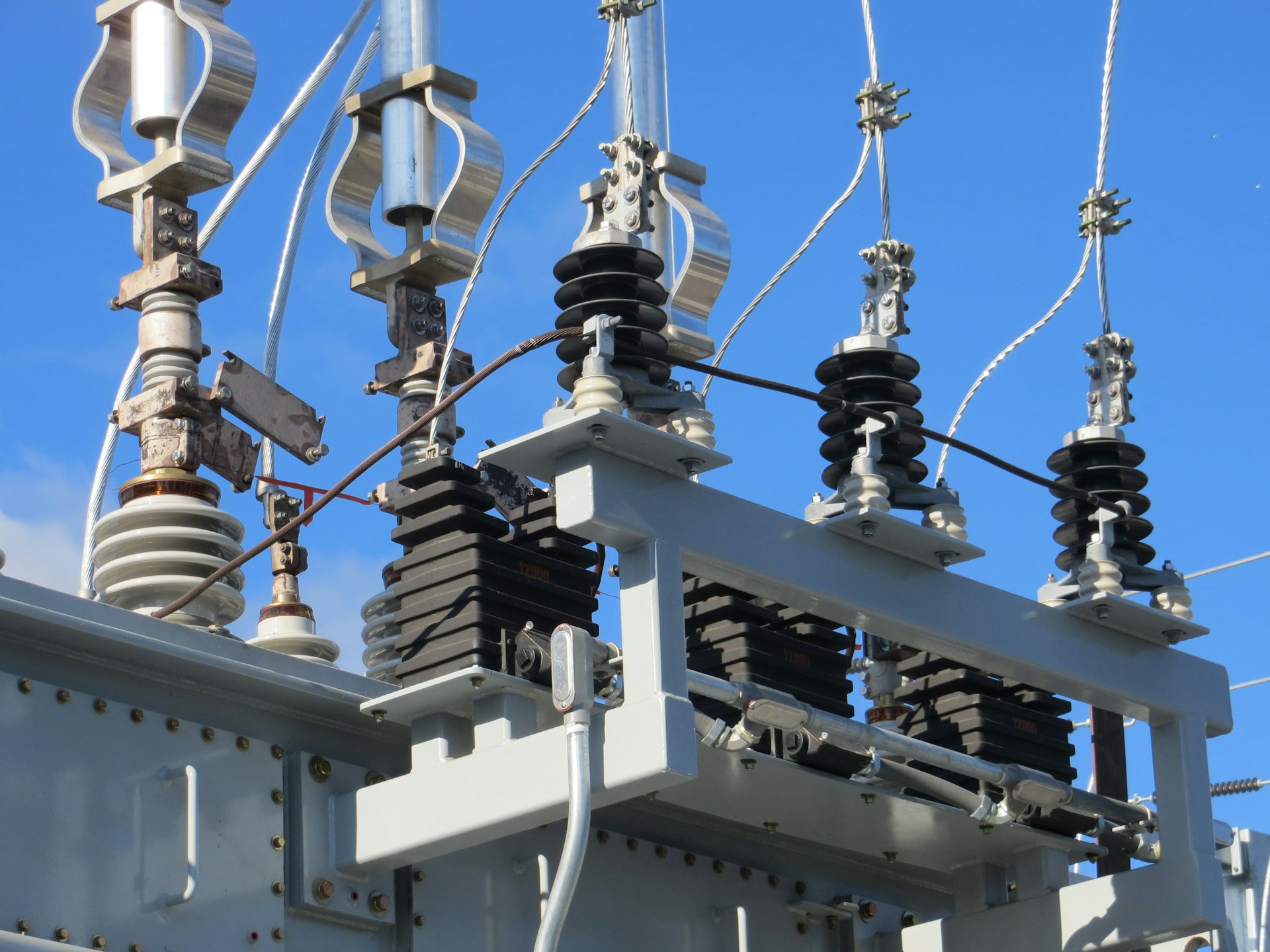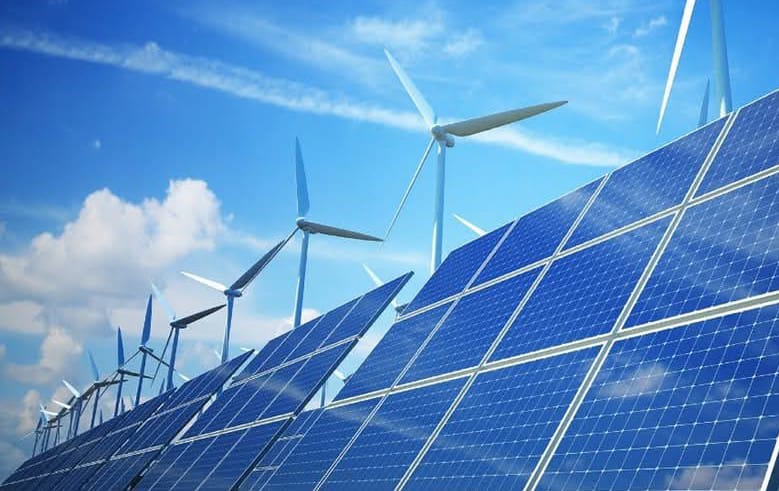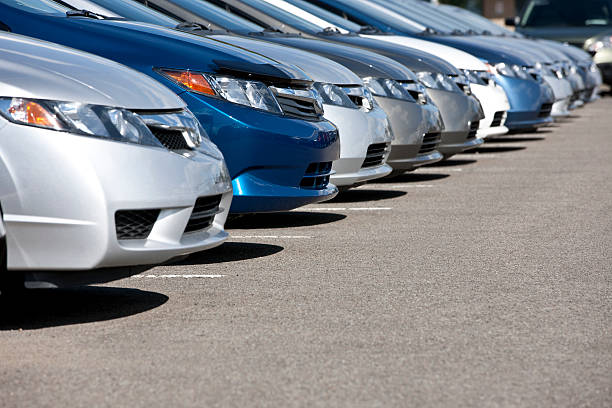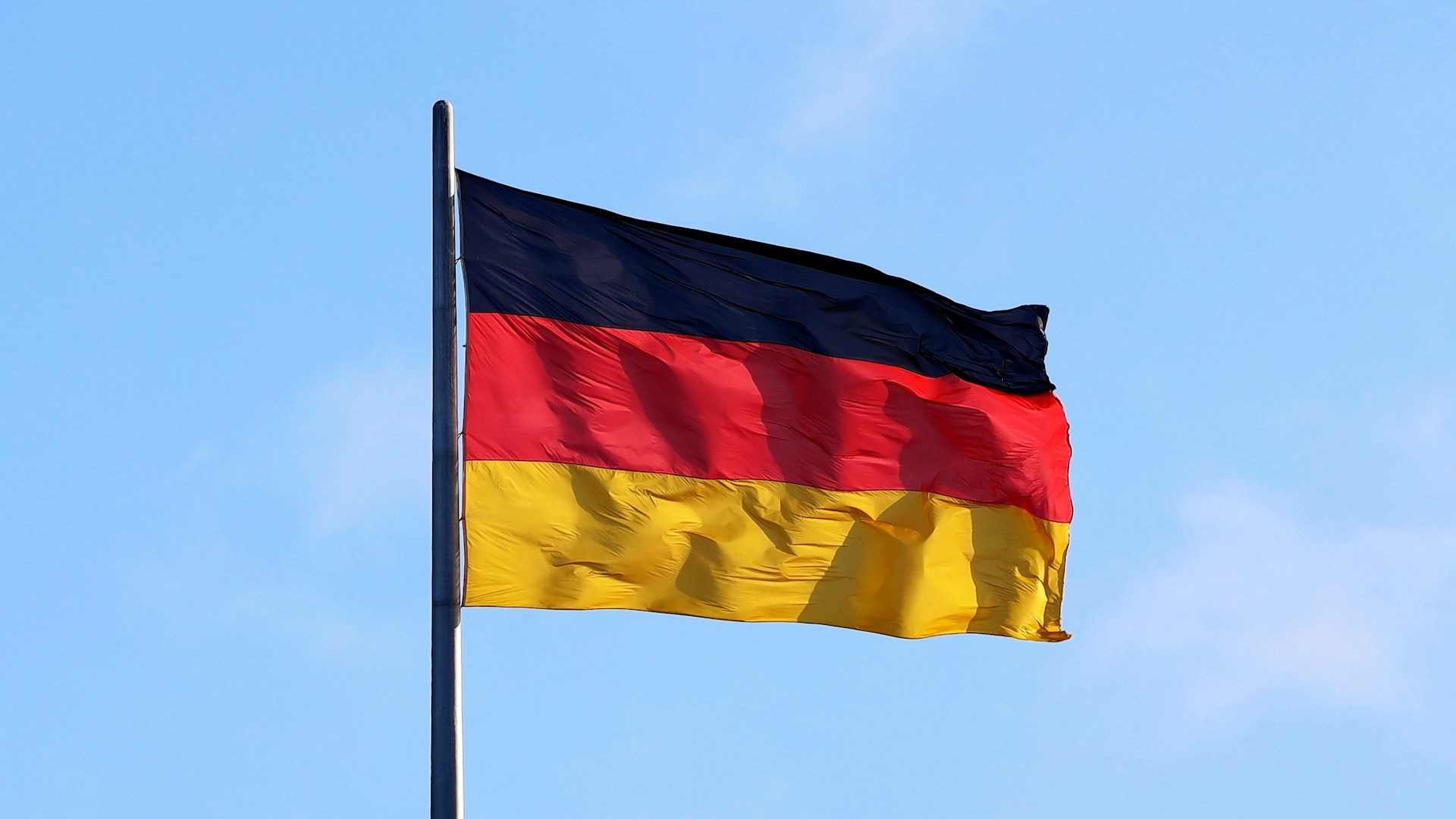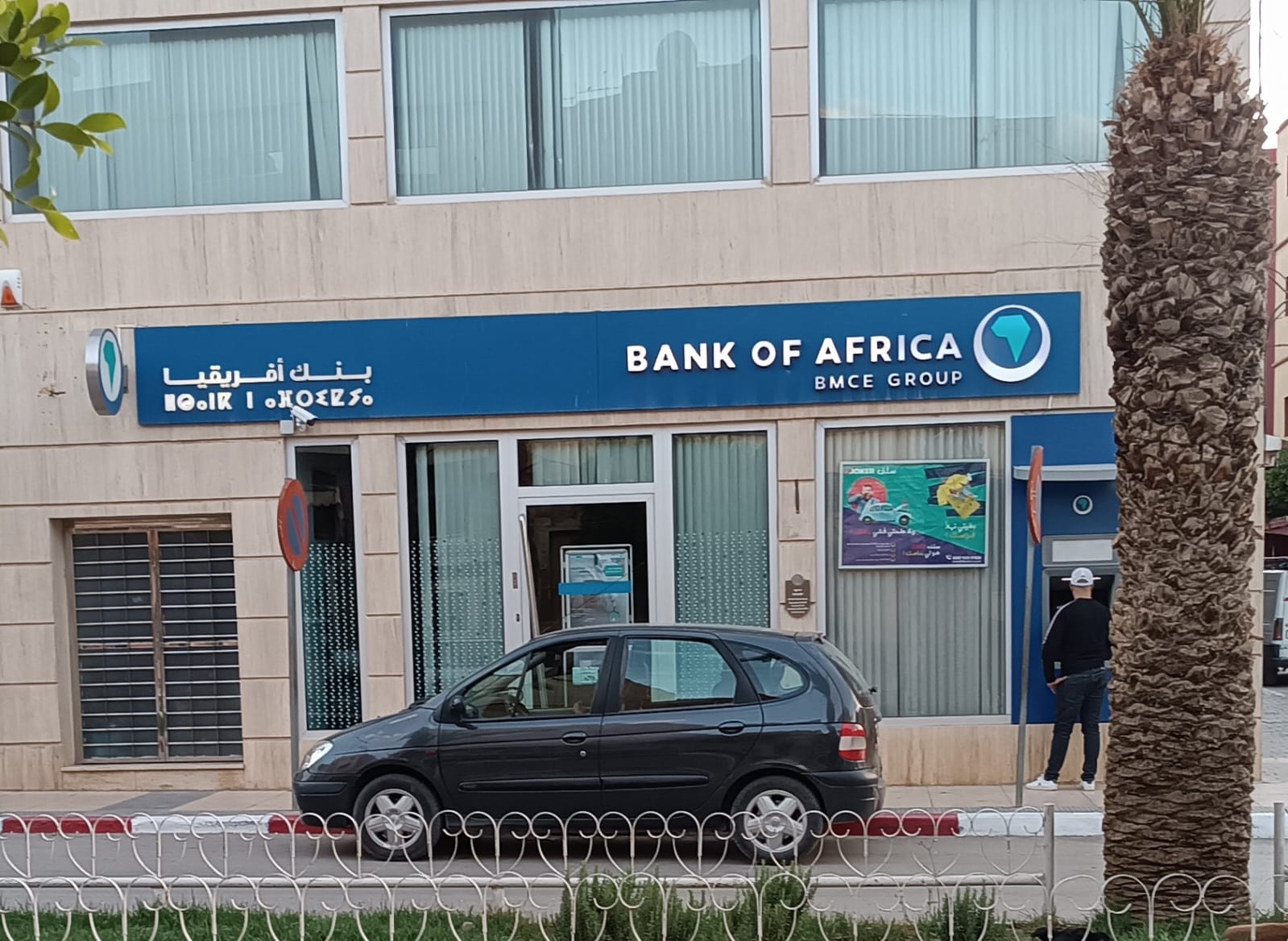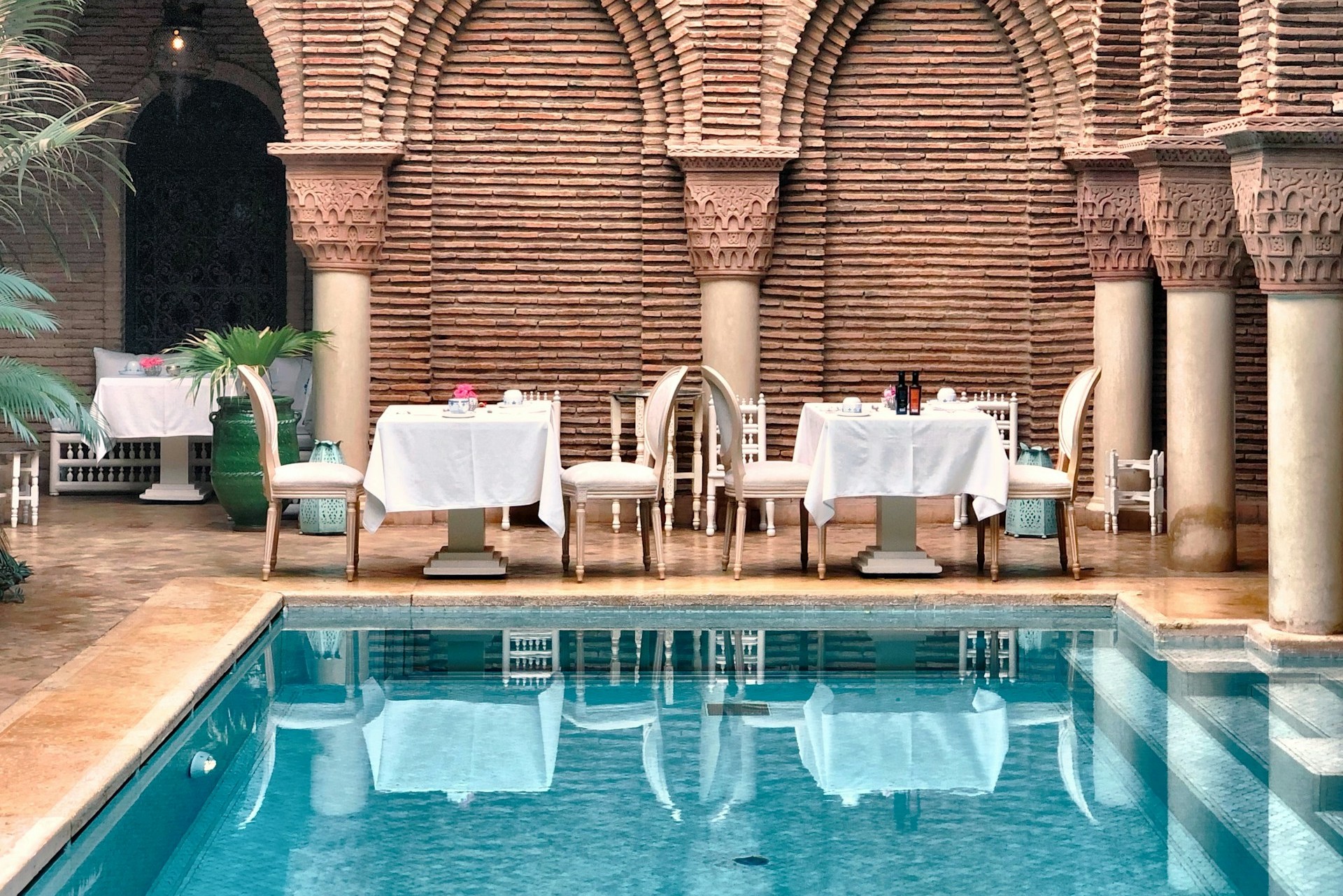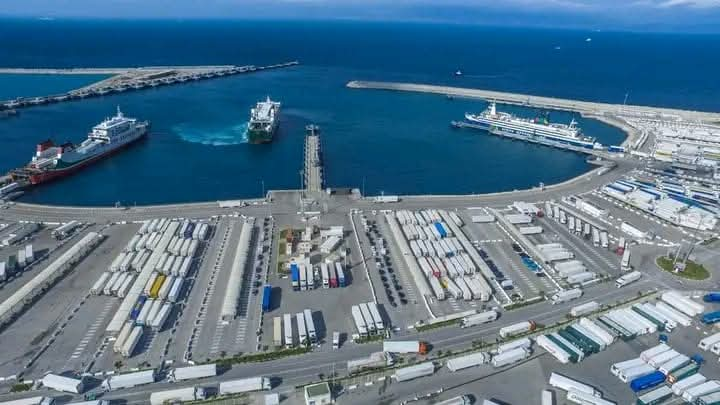Casablanca – Morocco continues to strengthen its position as a leading player in the renewable energy sector, offering attractive investment opportunities for both local and international stakeholders. A recent report by the European association SolarPower Europe, in collaboration with the Global Solar Council and Cluster EnR, highlights Morocco’s progress, challenges, and untapped potential in the transition toward clean and sustainable energy.
A pioneering role in Africa’s energy transition
Morocco has made significant strides in reducing its dependence on imported fossil fuels by investing heavily in renewable energy projects, particularly solar and wind power. The country aims to achieve a 52% share of renewable energy in its total installed electricity capacity by 2030, with further ambitions to reach 80% by 2050. According to the report, the current renewable energy share in electricity production is approximately 45% in 2024, reflecting steady growth from 38% in 2022 and 41% in 2023.
Despite these advances, fossil fuels still dominate Morocco’s energy mix, supplying 90% of total primary energy and 80% of electricity production. However, the government’s commitment to phasing out fossil fuel reliance through policy reforms and massive infrastructure investments is evident in ongoing initiatives such as the Moroccan Solar Plan, which aims to produce 3,000 MW of solar energy by 2025 and 4,000 MW by 2030.
Solar and wind energy: The backbone of Morocco’s strategy
Morocco’s strategic plan to diversify its energy mix focuses on three primary sources:
- 20% Solar Energy
- 20% Wind Energy
- 12% Hydropower
The country has become a key destination for solar investments, leveraging its high solar irradiation and favorable business environment. The total solar power capacity, including photovoltaic (PV) and concentrated solar power (CSP) plants, reached 831 MW in 2024. SolarPower Europe forecasts that, under a moderate growth scenario, Morocco’s PV capacity will rise to 2.27 GW by 2027 and 2.97 GW by 2028. Under an accelerated growth scenario, it could reach an impressive 4.35 GW by 2028.
However, despite Morocco’s strong focus on CSP, delays in PV project implementation and grid integration challenges have limited the full exploitation of its solar energy potential. The report calls for faster regulatory processes and enhanced grid infrastructure to facilitate the integration of more solar projects.
Infrastructure and market liberalization: Key drivers for investment
The Moroccan government has actively modernized the country’s energy infrastructure to support the growing demand for renewable energy integration. Notable projects include:
- The Noor Ouarzazate Solar Complex, the world’s largest CSP plant, serving as a symbol of Morocco’s renewable energy ambitions.
- The 3 GW high-voltage transmission line, connecting Oued Lekraâ (near Dakhla) to Médiouna (Casablanca region), which will help enhance grid stability and improve energy distribution between the south, where most solar energy is produced, and the north, where demand is concentrated.
Additionally, Morocco’s progressive energy policies have opened the electricity market to independent power producers (IPPs), allowing them to:
- Access the national grid to sell electricity.
- Develop private transmission infrastructure.
- Export renewable electricity to foreign markets.
Challenges and recommendations for future growth
While Morocco has emerged as a regional leader in renewable energy, challenges remain in policy execution, market reforms, and financing mechanisms. The SolarPower Europe report outlines key recommendations to accelerate Morocco’s energy transition:
- Expand electricity market liberalization by simplifying Power Purchase Agreements (PPAs) and offering clear legal frameworks for investors.
- Strengthen North-South grid connections to optimize the transport of solar-generated power to industrial hubs and urban centers.
- Invest in energy storage solutions such as battery storage systems and demand management tools to ensure grid stability and efficiency.
- Improve regulatory efficiency by centralizing project approvals under entities like MASEN to reduce bureaucratic delays.
- Provide financial incentives, including tax exemptions on solar equipment, reduced tariffs for infrastructure investments, and R&D tax credits to boost innovation.
- Develop renewable energy export regulations, including competitive export tariffs and enhanced cross-border energy transmission agreements.
Morocco as a regional hub for renewable energy manufacturing
Beyond its domestic energy goals, Morocco is positioning itself as a solar technology and manufacturing hub. The recent expansion of photovoltaic panel production lines has strengthened Morocco’s role in supplying African and international markets. Competitive labor costs and government incentives are also attracting global manufacturers to set up solar equipment factories in the country.
A bright future for Morocco’s green energy ambitions
The SolarPower Europe report underscores Morocco’s remarkable progress in renewable energy but also highlights the need for strategic reforms to fully unlock its potential. By addressing regulatory hurdles, grid infrastructure limitations, and investment bottlenecks, Morocco could emerge as a global leader in sustainable energy, offering profitable opportunities for investors while contributing to climate action and energy security.
With a clear roadmap and strong policy commitments, Morocco is well on its way to becoming a renewable energy powerhouse in Africa and beyond.
